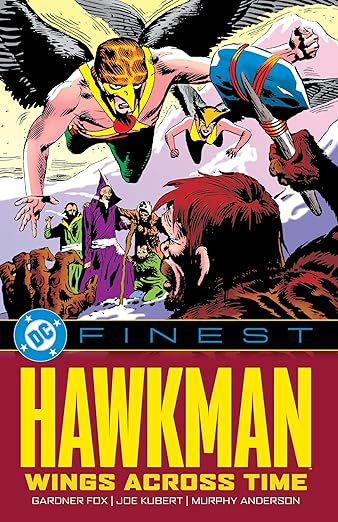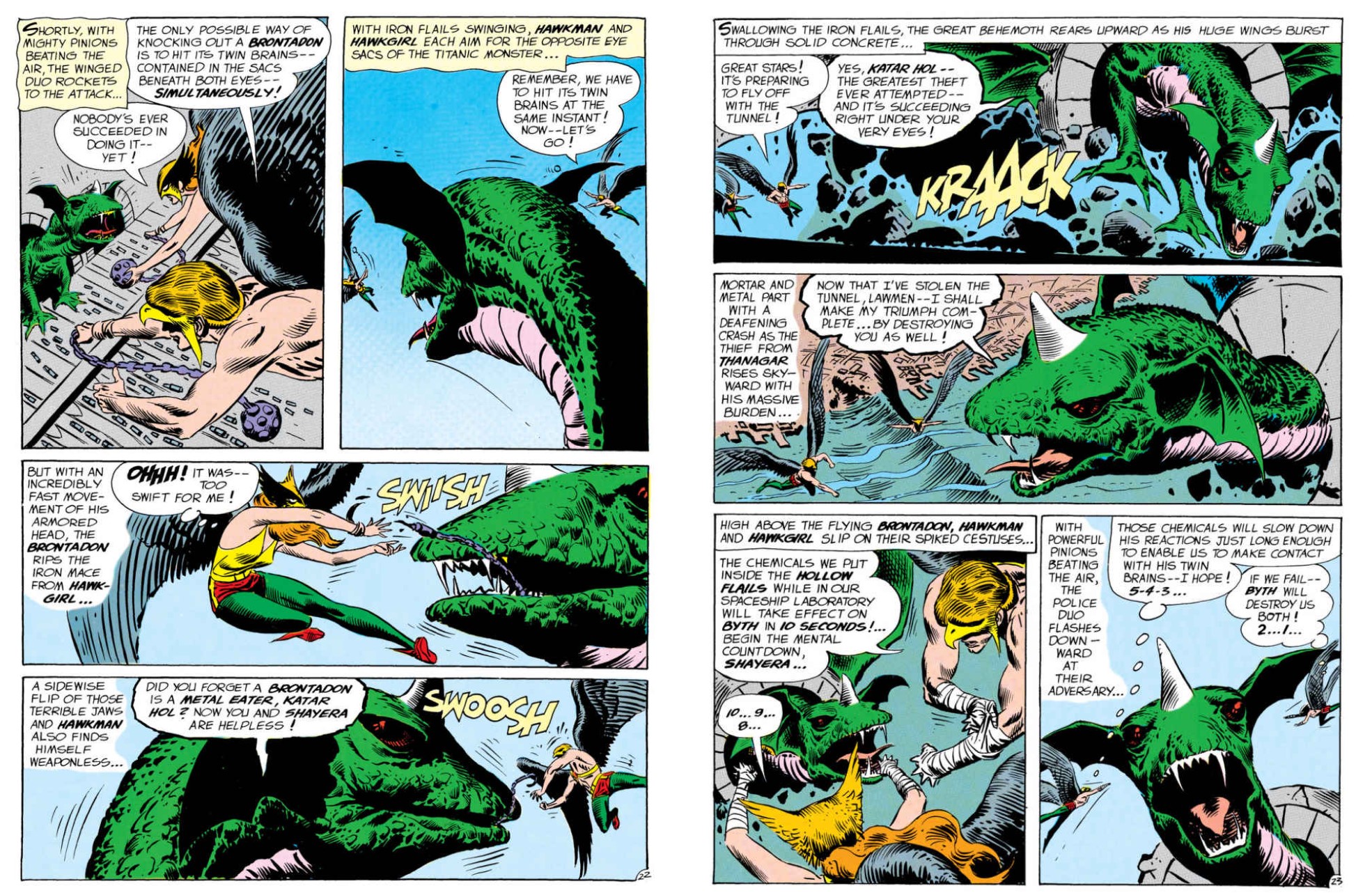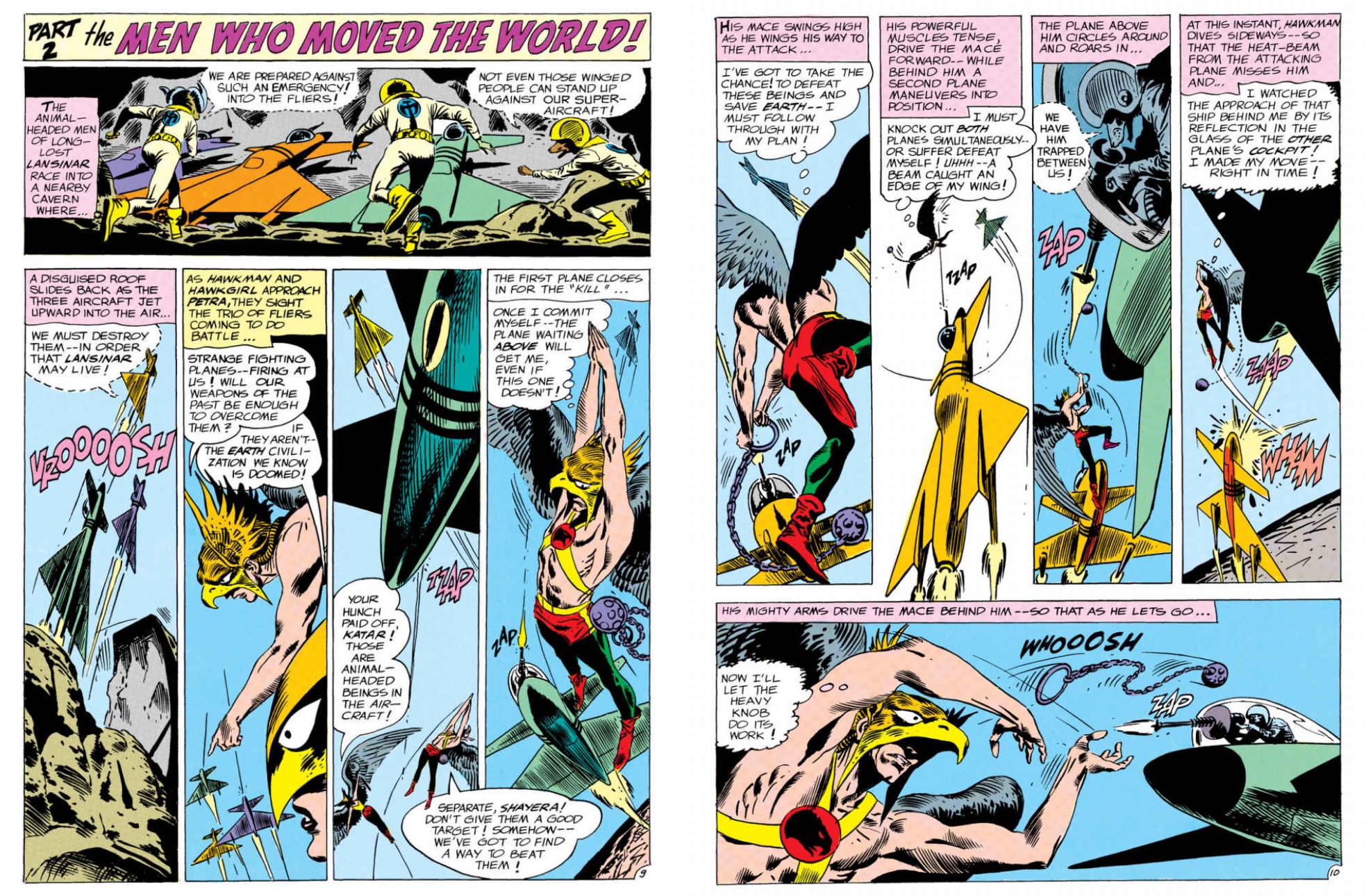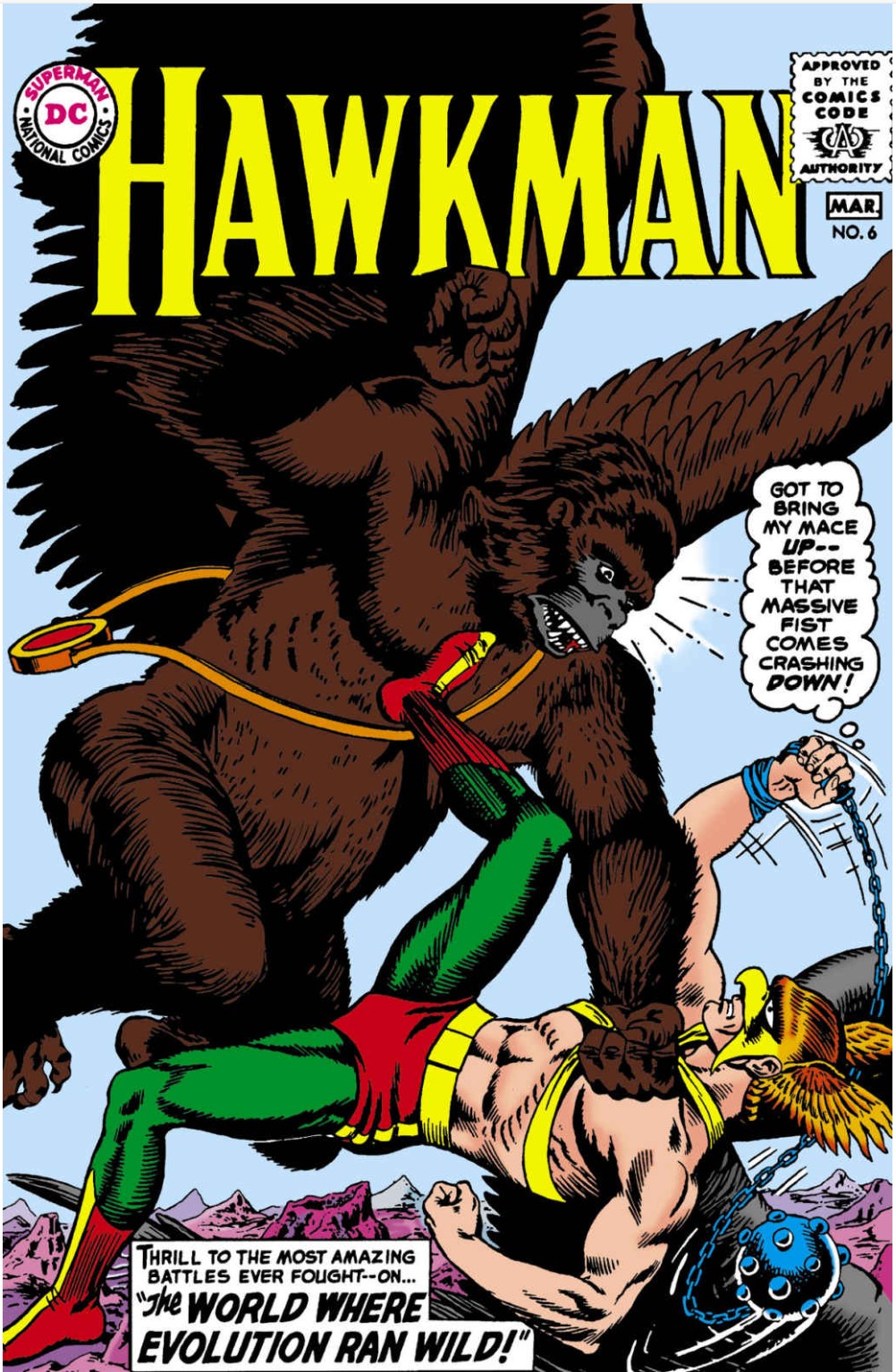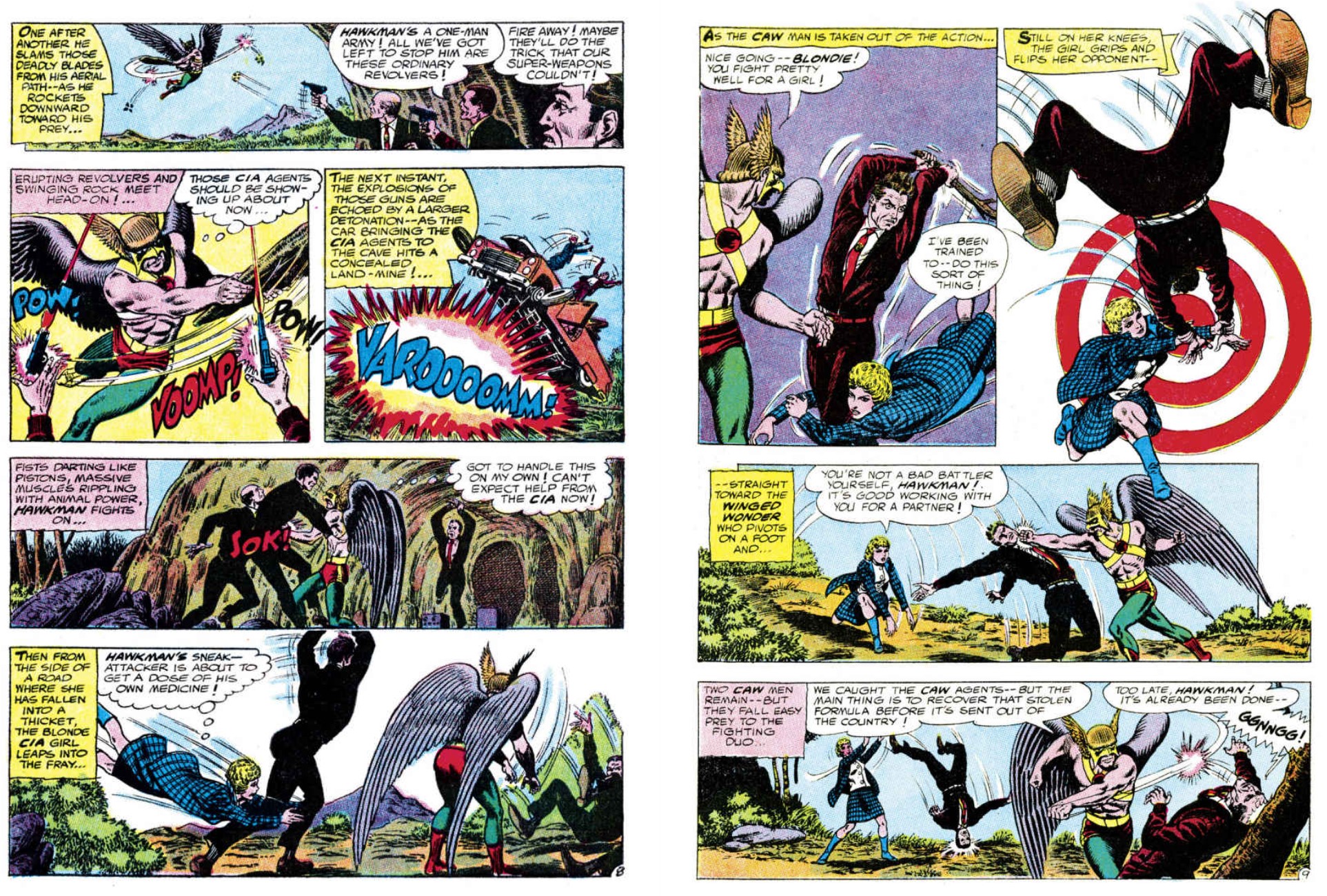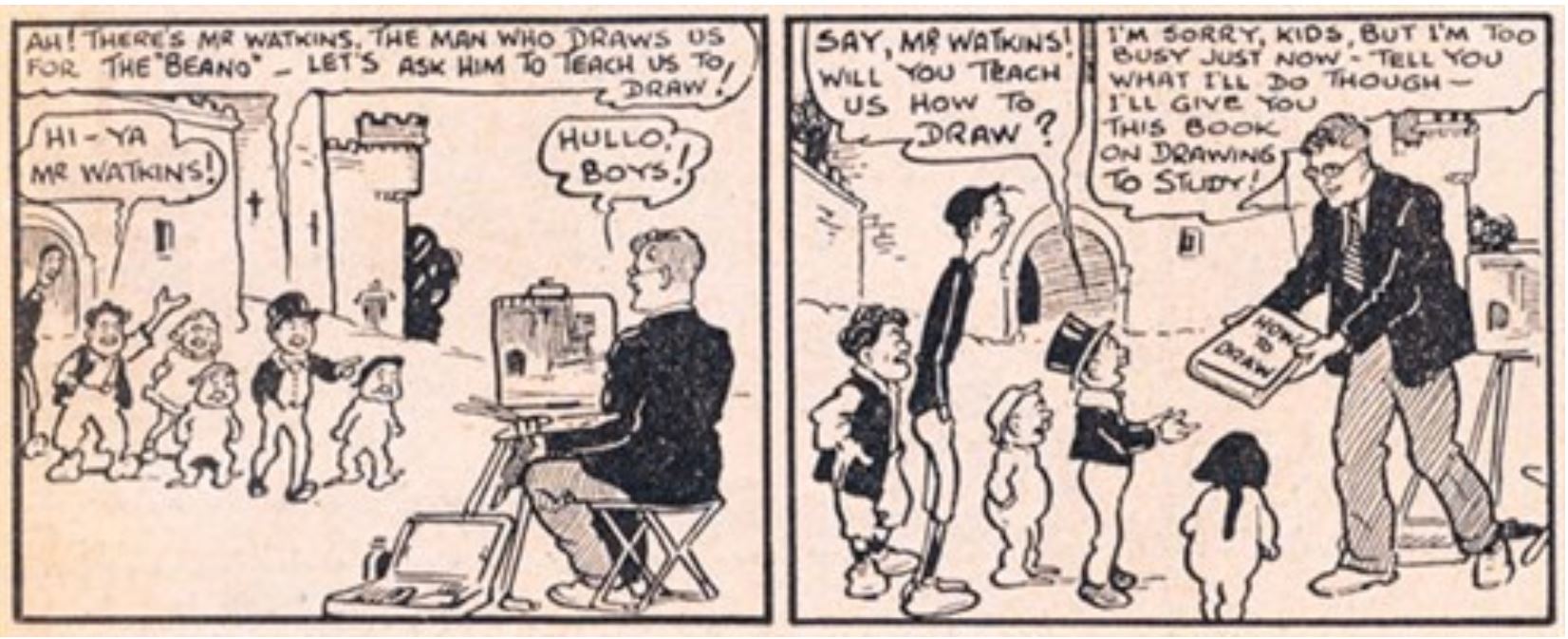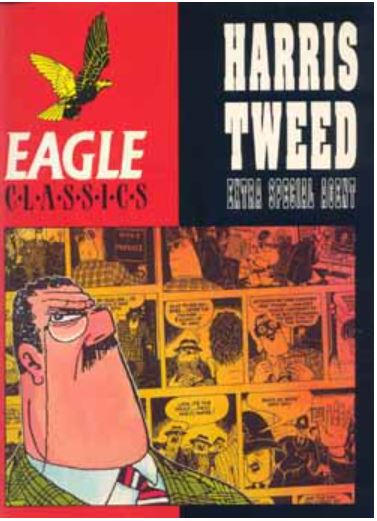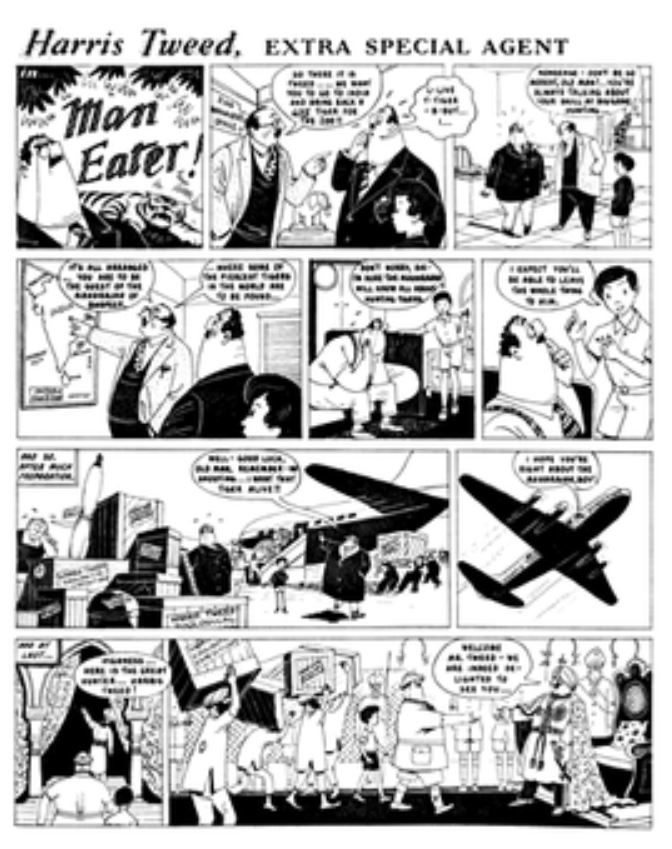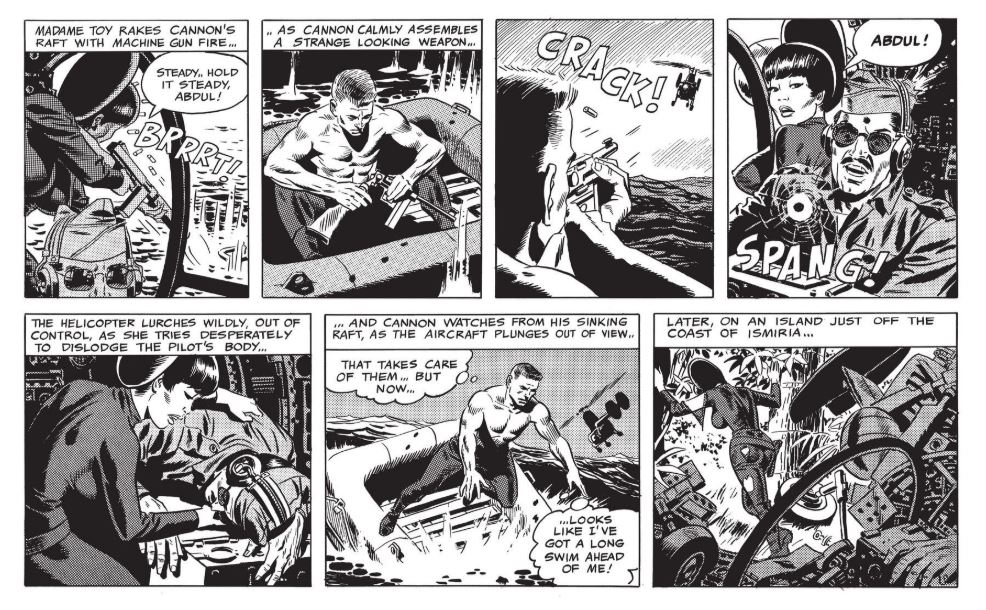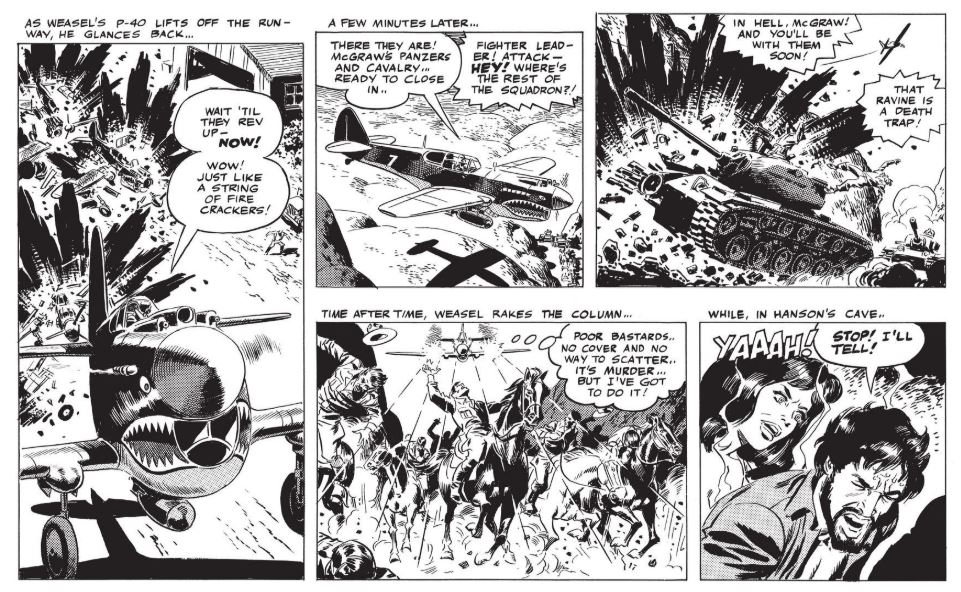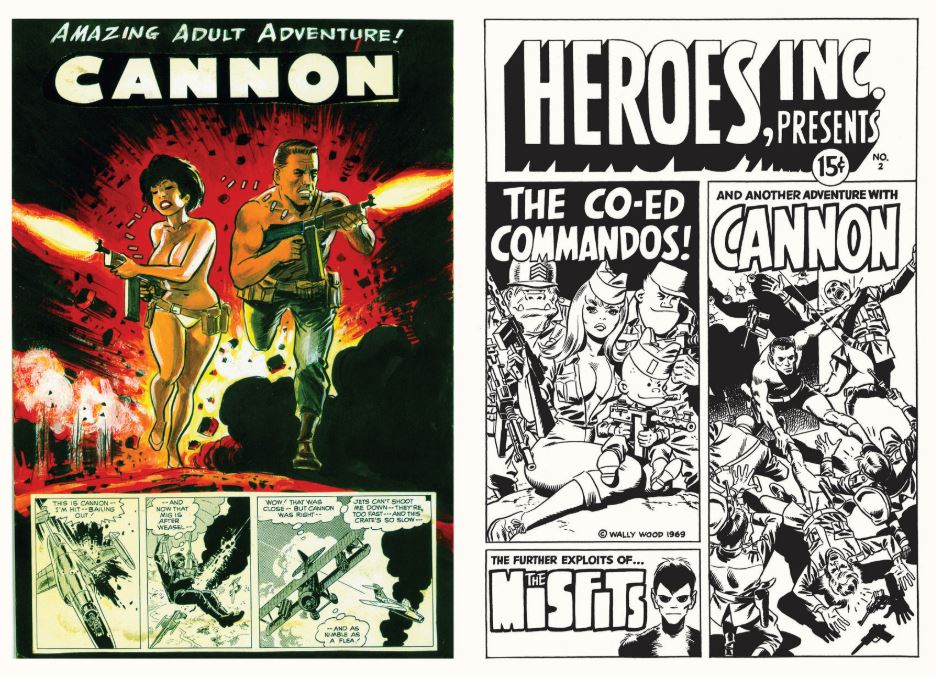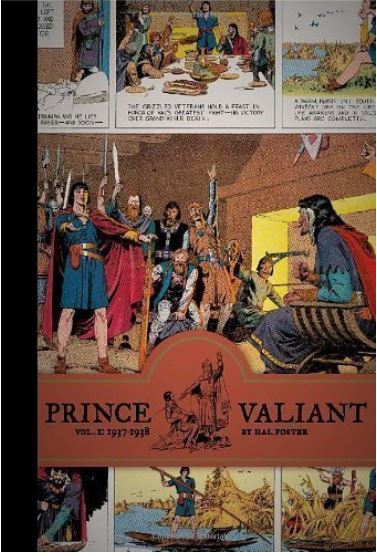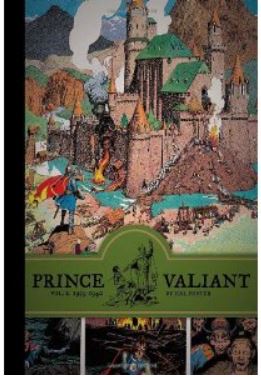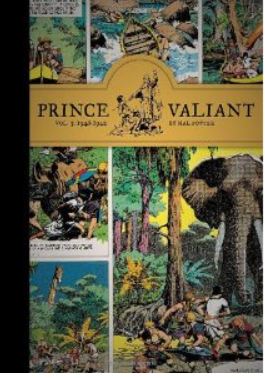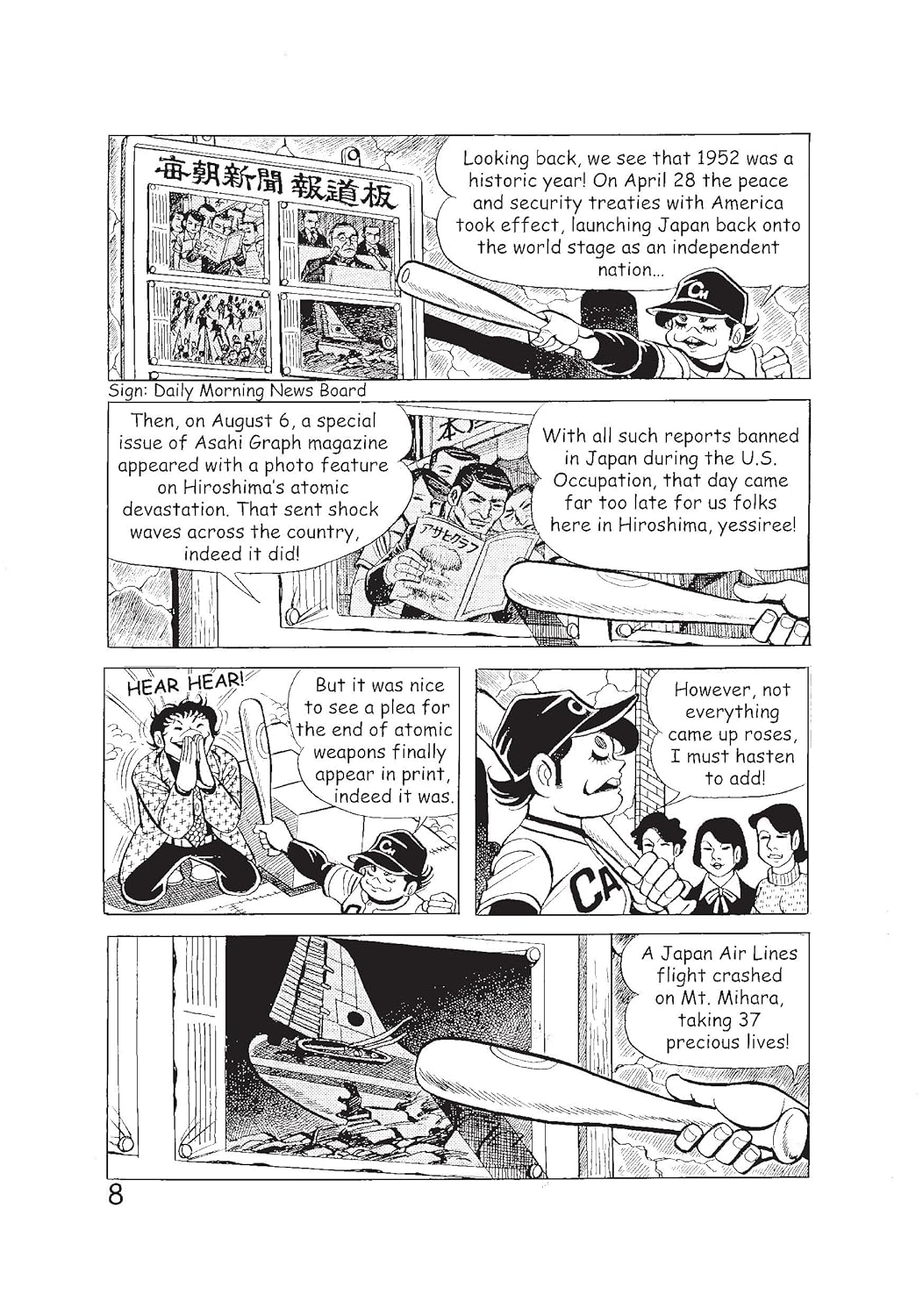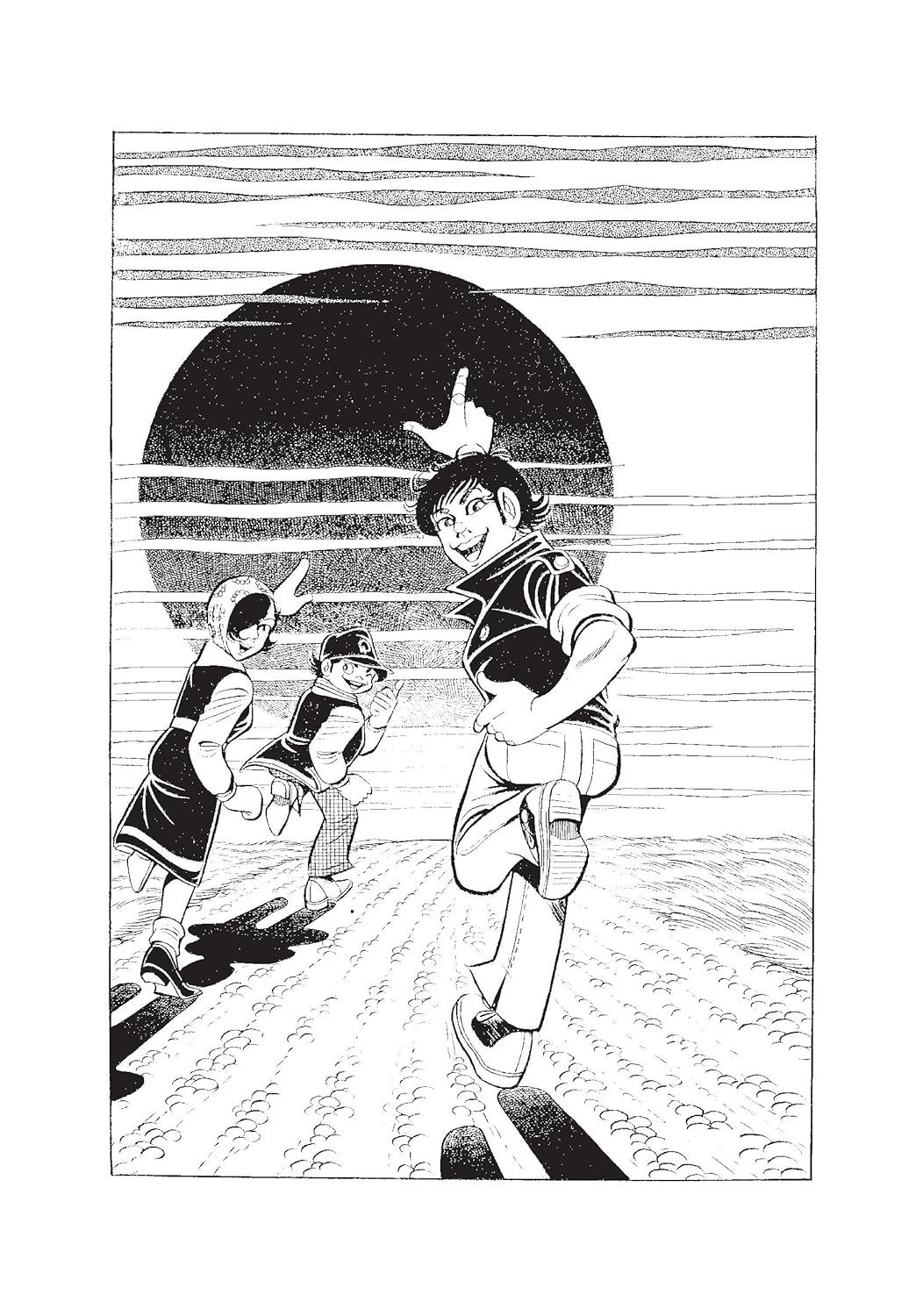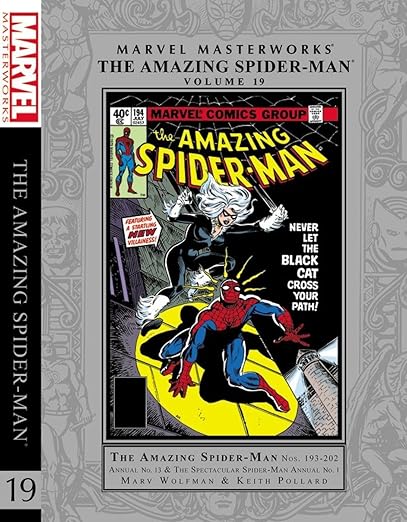
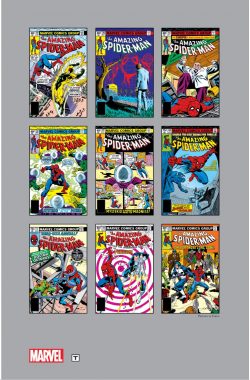
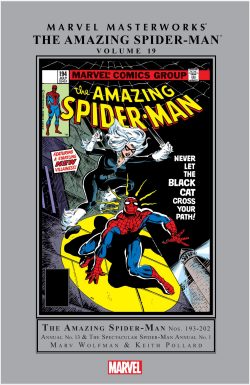
By Marv Wolfman, Bill Mantlo, Keith Pollard, Al Milgrom, Sal Buscema, John Byrne, Rich Buckler, Jim Mooney, Frank Giacoia, Marie Severin, Mike Esposito, Terry Austin, & various (MARVEL)
ISBN: 978-1-3029-0339-8 (HB/Digital edition)
This book includes Discriminatory Content produced in less enlightened times.
Peter Parker was a smart yet alienated kid when he was bitten by a radioactive spider during a school science trip. Developing astonishing arachnid abilities – which he augmented with his own natural chemistry, physics and engineering genius – the boy did what any lonely, geeky nerd would do with such newfound prowess: he tried to cash in for girls, fame and money.
Making a costume to hide his identity in case he made a fool of himself, Parker became a minor media celebrity – and a criminally self-important one. To his eternal regret, when a thief fled past him one night, the cocky teen didn’t lift a finger to stop him. When Parker returned home he learned that his beloved guardian uncle Ben Parker had been murdered.
Crazed with a need for vengeance, Peter hunted the assailant who had made his beloved Aunt May a widow and killed the only father he had ever known, finding, to his horror, that it was the self-same felon he had neglected to stop. His irresponsibility had resulted in the death of the man who raised him, and the traumatised boy swore to forevermore use his powers to help others…
Since that night he has tirelessly battled miscreants, monsters and madmen, with a fickle, ungrateful public usually baying for his blood even as he perpetually saves them…
A newly-minted star of live action television, Spider-Man’s adventures generally still downplayed traditional fantasy elements at the time of the yarns packing this 19th fabulous collection of web-spinning wonderment. The wondrous wallcrawler was a global figure and prime contender for the title of the World’s Most Misunderstood Hero and here, covering June 1979 to March 1980, are the chronologically re-presented contents of Amazing Spider-Man #193-202, and a combined story that spanned Amazing Spider-Man Annual #13 and The Spectacular Spider-Man Annual #1. The transformative tales are preceded by an appreciative appraisal and reminiscence from writer/editor Marv Wolfman in his Introduction.
The graphic action kicks off with #193’s ‘The Wings of the Fearsome Fly!’ with Wolfman, penciller Keith Pollard and inker Jim Mooney recapping how would-be Spider-Slayer Spencer Smythe had handcuffed J. Jonah Jameson and his despised Bête noir Spider-Man together in an explosive deathtrap that drew old enemy the Fly and resulted in the death of Jonah’s son John, albeit in his monster form as the ferociously feral Man-Wolf…
In that clash Jonah might have peeked under the arachnid’s mask whilst the wallcrawler was unconscious, and the not knowing is driving Parker crazy. The loss of his son has absolutely unhinged the publisher, however, and after firing Peter, he swears to destroy Spider-Man, even as Peter dutifully hunts down the Fly and finally finds him robbing the Metropolitan Museum of Art. It’s an opportunity to release his pent-up anger but ends badly…
In the aftermath, another plot strand resurfaces as Ned Leeds returns and punches Parker out. The reporter thinks its justifiable as his (recently estranged) wife – the former Betty Brant –has been nostalgically and aggressively pursuing old flame Peter, making Parker’s social life even more deeply complicated and exhausting…
Meanwhile at May Parker’s empty house, a strangely familiar figure is tearing the walls down hunting for something. After eventually giving up he then moves on to the Restwell Nursing Home where the widow Parker currently resides… and finds a situation he can readily exploit…
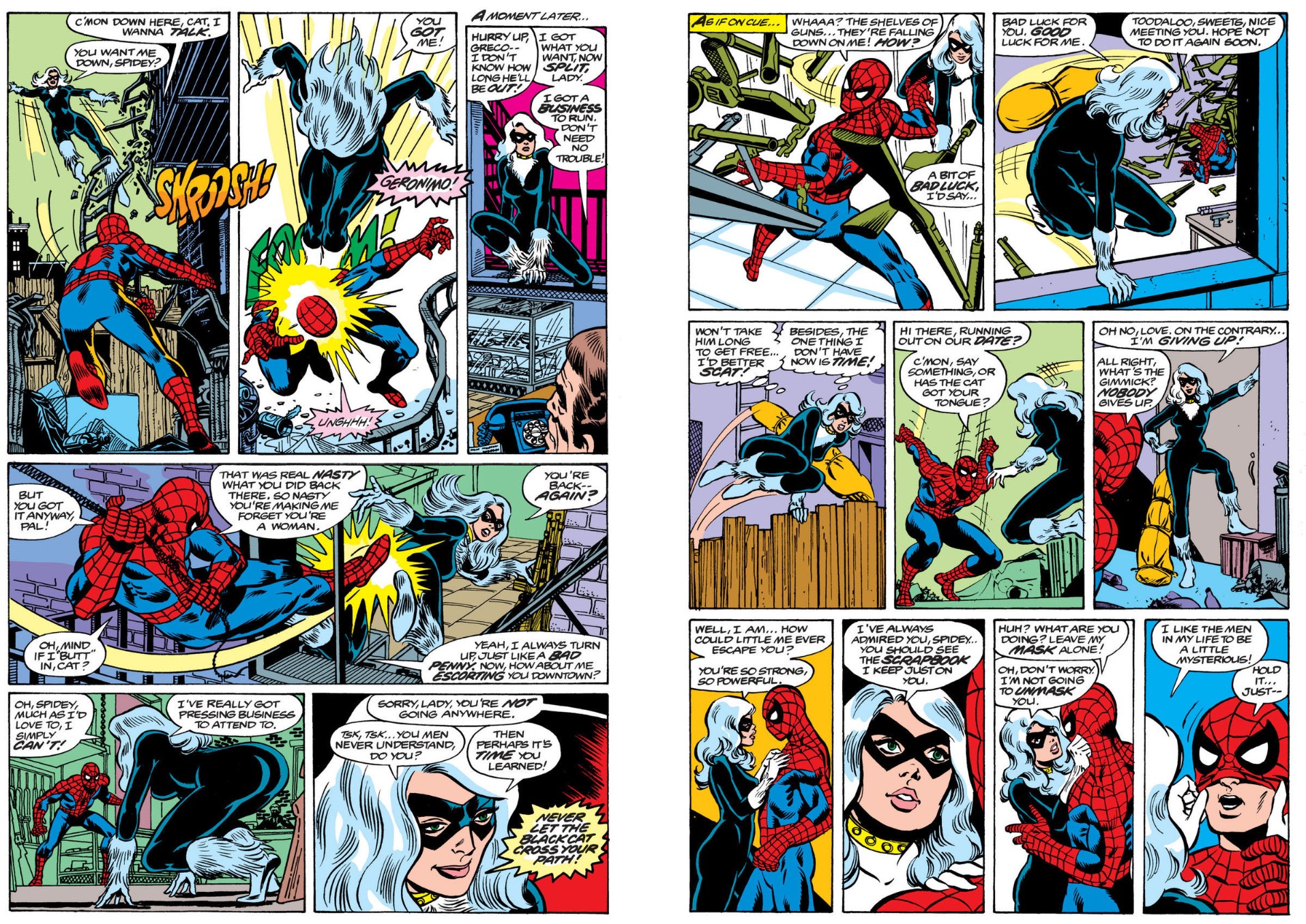
With life in turmoil Peter is poorly prepared for the major change that begins in #194 as he painfully learns ‘Never Let the Black Cat Cross Your Path!’ after encountering a svelte femme fatale costumed jewel thief with luck always on her side. Sadly, she seems to have forsaken profit for a new darker agenda. Inked by Frank Giacoia, the tale sees her recruit a crew to break someone out of jail, and – despite an obvious and mutual attraction – she will let nothing, not even sexy Spidey – stop her…
Now working as a photographer for rival paper the Daily Globe and immediately sparking the curiosity of reporter April Maye, Peter continues to pursue the feline felon in a chase to disaster, but soon realises ‘Nine Lives Has the Black Cat!’ (collectively inked by “M. Hands” Mooney, Mike Esposito & Al Milgrom) thereby affording an origin for the curvaceous crook and culminating in shocking news for Peter…
I’d normally give lip service here to “spoilers” and indeed back then, the death of Aunt May was a big deal for a brief moment, but it wasn’t real and didn’t last long. In-world however, Peter is crushed by the death of his last relative and only family, with ‘Requiem!’ – limned by Milgrom, Mooney & Frank Giacoia – finding him shattered by her “peaceful passing” whilst he was elsewhere, and blithely unaware of a plot by unctuous home director Dr. Rinehart. Many older fans had already clocked who he really was…
Dazed and reeling, the hero is just starting to suspect something isn’t right as he’s ambushed by thugs and dragged to ‘The Kingpin’s Midnight Massacre!’ in ASM #197. Here Wolfman, Pollard & Mooney show the soon-to-be-retired crime lord packing to leave and up against an immovable deadline. To please his beloved wife Vanessa, the villain will cease all his illegal activities at the witching hour. All that’s left on his to-do list is to kill Spider-Man, but the clock’s ticking and the wallcrawler just won’t die…
Building up to the anniversary spectacular and illustrated by Sal Buscema & Mooney, most dangling plot threads begin cleaving together as Peter realises who Rinehart actually is and bursts into the Restwell Home in ‘Mysterio is Deadlier by the Dozen!’ to find the master of illusion preying on sundowning oldsters and teamed up with the burglar who shot Uncle Ben. Out of jail and desperate to retrieve something long hidden in the Parker house, the long-discarded thug has hijacked Mysterio’s comfortable scam and attracted the wrath of a really, really angry Spider-Man…
Despite fighting back fiercely in ‘Now You See Me! Now You Die!’ the writing is truly on the wall for the now-at-odds bad guys who meet their fates in The Amazing Spider-Man #200’s extra-length conclusion ‘The Spider and the Burglar… A Sequel!’ cover dated January 1980 and courtesy of Wolfman, Pollard & Mooney.
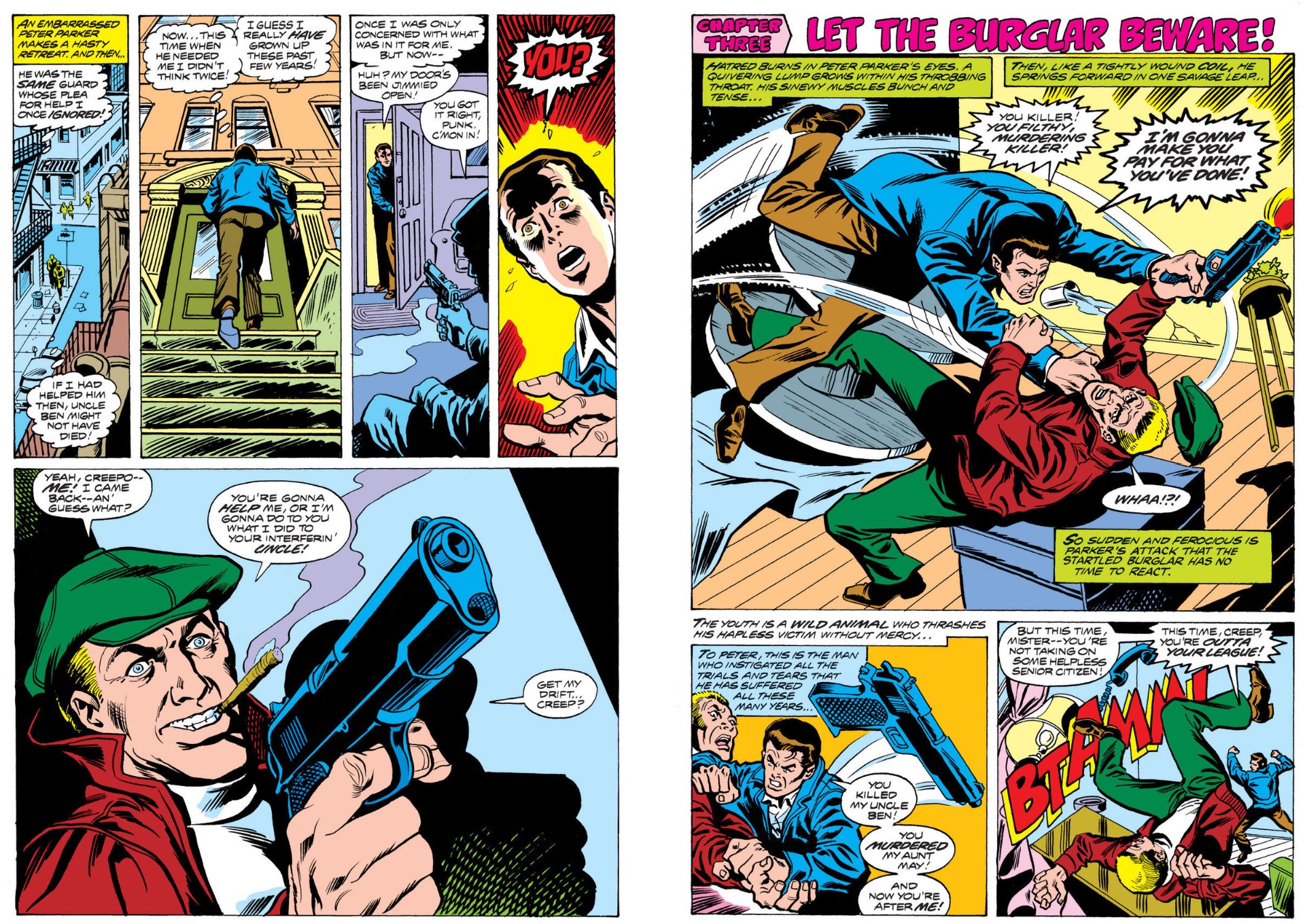
With the truth out and May restored, Peter Parker is ready for whatever the future holds as we segue into The Amazing Spider-Man Annual #13 where Wolfman, John Byrne & Terry Austin occupy ‘The Arms of Doctor Octopus’ with a murderous scheme to regain his underworld reputation and dominance. The plot is brought to Spider-Man’s attention by murdered federal agent Kent Blake, who blackmails the hero into going undercover in the gang to recover stolen plans and ends with a catastrophic clash that sees the villain maimed…
Although momentarily defeated, Ock isn’t finished with New York or Spiderman, and the saga continues and concludes in the first annual of the companion Spider-title.
Before that though, the Annual traditions are upheld by additions to the ongoing feature ‘A Gallery of Spider-Man’s Most Famous Foes’. Rendered by Pollard, the roster adds here The Molten Man, The Looter, The Rhino, The Shocker, The Kingpin, Silverman and Man-Mountain Marko, The Prowler and The Kangaroo before ending on ‘A Mighty Marvel Bonus’ offering updated locations and floorplans for ‘Peter Parker’s Pad!’, The Daily Bugle & Daily Globe offices and Empire State University Campus – and Peter’s colleagues.
The Spectacular Spider-Man Annual #1 details the denouement in ‘And Men Shall Call Him… Octopus!’ with Bill Mantlo, Rich Buckler & Mooney following the furious and confused webslinger who uses a severed metal tentacle to lure the near-insane-with-pain-&-shock Doc Ock into a cataclysmic showdown aboard a ship’s graveyard in the East River and apparently final clash in an undersea base…
Dried out and back to business basics, the hero’s journey resumes in ASM 201’s ‘Man-Hunt!’ as Wolfman, Pollard & Mooney reunite the wallcrawler with The Punisher whose hunt for a gang boss turns up a suspicious connection between photo seller Parker and his star subject Spider-Man…
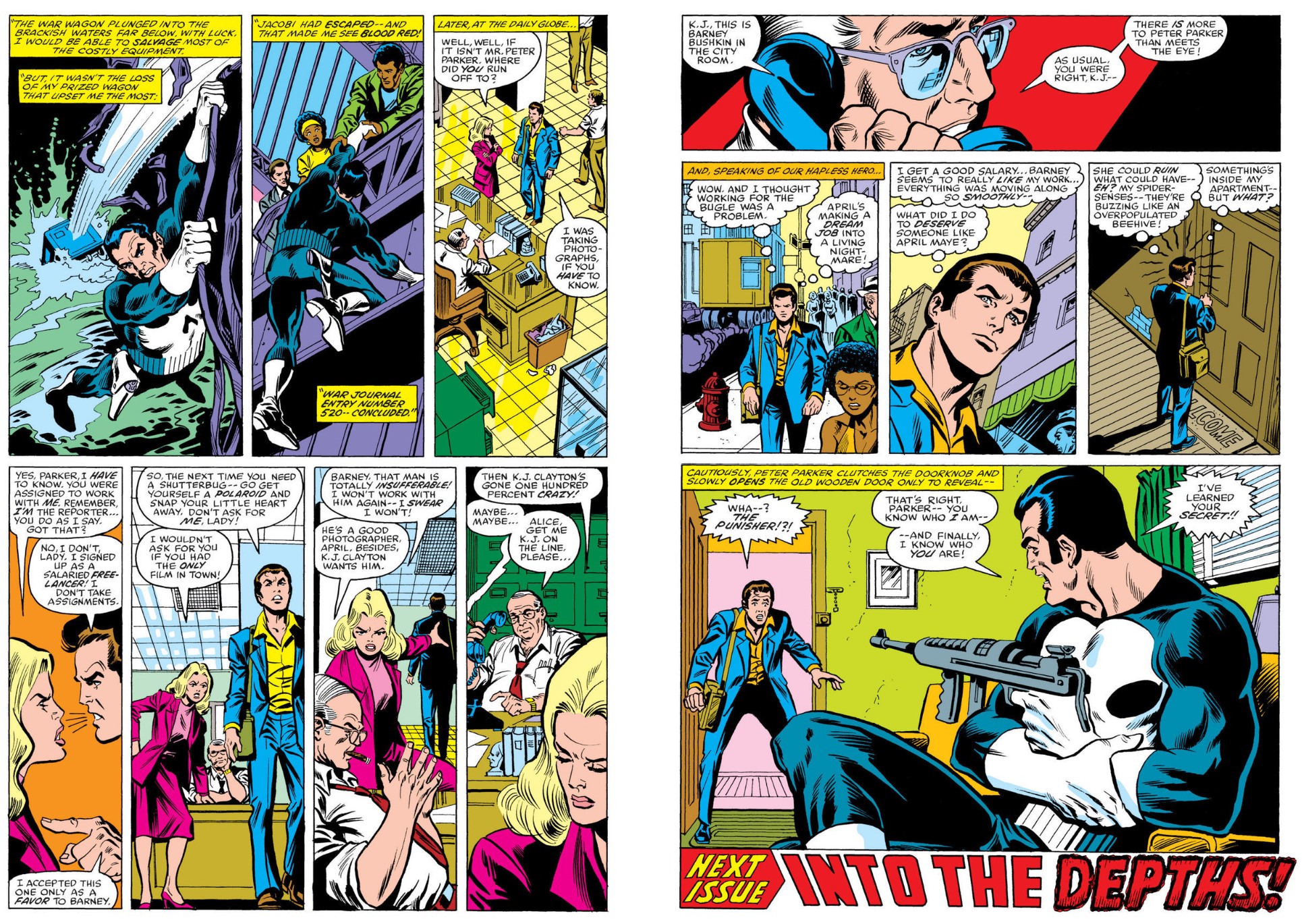
Further muddying the waters is the latest woe to befall Jonah, whose nervous collapse now devolves into pure mania, prompting his escape into delusion and the streets of the city. Guilt-ridden Parker can’t do much for his favourite gadfly, but at least he can send Frank Castle on an identity-saving wild goose chase. And help deal with his latest target in concluding chapter ‘One For Those Long Gone!’
To Be Continued…
With covers by Milgrom, Pollard, John Romita Sr., Buckler, Bob McLeod & Josef Rubinstein, this tome also offers a selection of original art by Pollard with Mooney, Frank Giacoia and Byrne & Austin; Carmine Infantino & Steve Leialoha’s unused cover to Spider-Woman #9 where Wolfman originally intended Black Cat to debut, and Dave Cockrum’s revamped design for her as well as an unused Pollard & McLeod cover for ASM #194 and Cockrum’s rough for the cover they finally used. Completing the extras are House ads for forthcoming landmark ASM #200.
These yarns confirmed Spider-Man’s growth into a global multi-media brand. Blending cultural veracity with superb art, and making a dramatic virtue of the awkwardness, confusion and imputed powerlessness most of the readership experienced daily resulted in an irresistibly intoxicating read, especially when delivered in addictive soap-styled instalments, but none of that would be relevant if Spider-Man’s stories weren’t so utterly entertaining. This action-packed collection relives many momentous and crucial periods in the wallcrawler’s astounding life and is one all Fights ‘n’ Tights fanatics must see…
© 2017 Marvel Characters, Inc. All rights reserved.
22nd George Herriman was born today in 1880. If you also want to learn about him, our most recent review of his magic can be found here.

